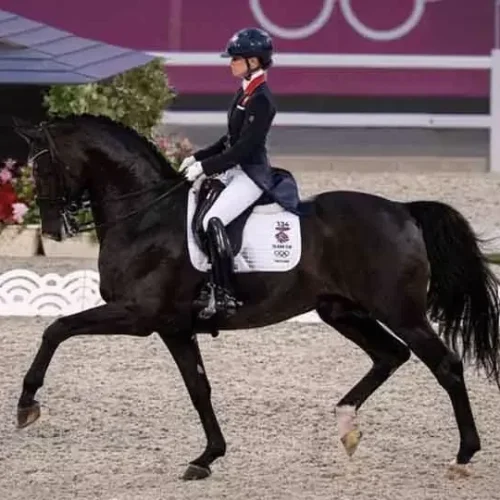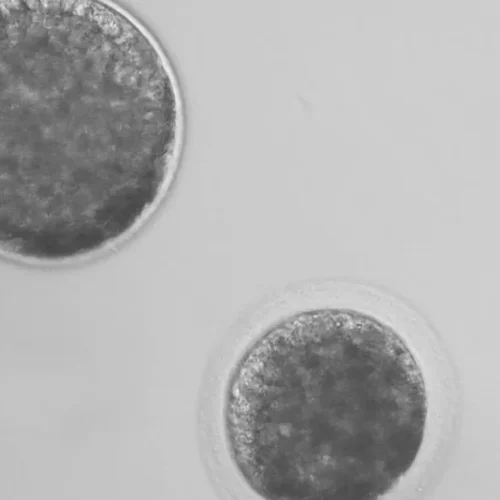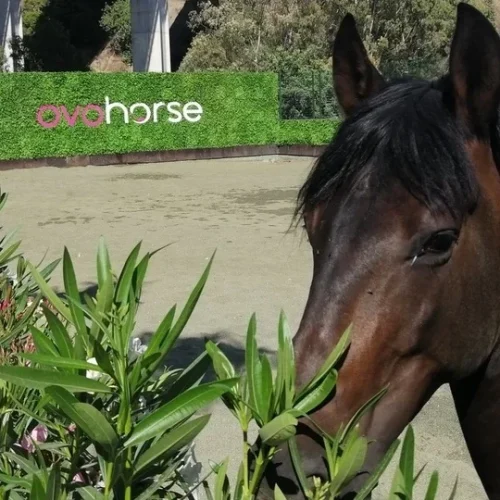Weather plays a fundamental role in animal welfare. During the summer months, when temperatures rise, extreme heat becomes a silent enemy to the health and performance of horses. Although they have natural mechanisms to regulate their body temperature, high temperatures can surpass their adaptive capacity and lead to a serious problem such as heat stroke, dehydration, muscle fatigue, and, in the worst-case scenario, the death of the animal.
Therefore, understanding how their bodies react to heat is the first step in providing excellent care and ensuring their well-being during a high-risk season. Gulf countries such as Saudi Arabia, Kuwait, Bahrain, Iran, Qatar, United Arab Emirates, Oman, and Sudan—some of the hottest in the world—pose a serious threat to horses due to their climatic conditions. For this reason, knowing how to treat them when the heat intensifies will be especially important.
How extreme heat affects horses
Scientific research and observational studies have confirmed how extreme heat affects horses. Due to their body temperature regulation and coat, these majestic beings are resilient to cold; however, they are vulnerable to high climatic conditions, which is why care must be much greater in summer than in winter.
Nature itself provides biological and physiological strategies capable of coping with extreme conditions—though only up to a point. Below, we present preventive measures, some biological and others based on learned behavior passed down over time.
Sweating
For example, the horse’s sweating is considered one of the most effective natural strategies. When a horse sweats, it releases electrolytes and, at the same time, releases heat through evaporation—although only 25% of that sweat actually helps reduce its thermal sensation. This phenomenon depends heavily on the horse’s hydration level.
Hydration
Maintaining proper hydration is key to ensuring efficient thermoregulation. Thanks to this, the animal will be able to sweat and maintain its thermal balance. However, without sufficient fluids, metabolic processes do not function properly, increasing the risk of dehydration, lethargy, dry mucous membranes, or heat stress.
It is worth mentioning that a horse—depending on weight, climate conditions, and physical activity—requires around 30–50 liters of water per day to stay properly hydrated and avoid the risk of dehydration, as 60–70% of the horse’s body is made up of water.
To check if your horse is at risk of dehydration:
- Check its nasal mucous membranes; they should be moist—never dry.
- Gently pinch the neck and see if the skin color returns to normal quickly.
- The urine color should be pale; if it’s very dark, that’s a clear sign of dehydration.
- Observe the breathing rate. If it’s too high, it’s an important warning sign.
Gasp
When a horse pants, it is a sign that it is suffering from heat. This action is another way for these animals to release excess body heat when temperatures are especially high. Panting causes an air exchange, acting like a blood-cooling system.
Shadow search
Over the years, horses have learned to seek new ways to avoid extreme heat. According to observational studies, horses spend an average of 108 minutes per day in the shade, with a higher frequency during peak hours, especially in the morning. These wise behaviors are inherited, as the instinct to seek shade during the warmer months is present from birth, although their time spent in shady areas increases as they reach adulthood.
Advice for your horse in hot months
When temperatures exceed 25ºC, horses begin to be in a risk situation due to excessive heat. Therefore, when the thermometer rises above these levels, it is important to closely monitor the animal’s behavior and well-being. Here are some tips:
- Keep them in shady areas where the temperature is lower.
- Bathe the horse with cold water. This is the most effective method to reduce body temperature.
- Apply ice packs to the head and neck.
- Avoid dry areas. If you find a stream nearby, let them cool off in it.
- Reduce the intensity of the horse’s physical activity.
- Avoid training during the hottest hours of the day.






